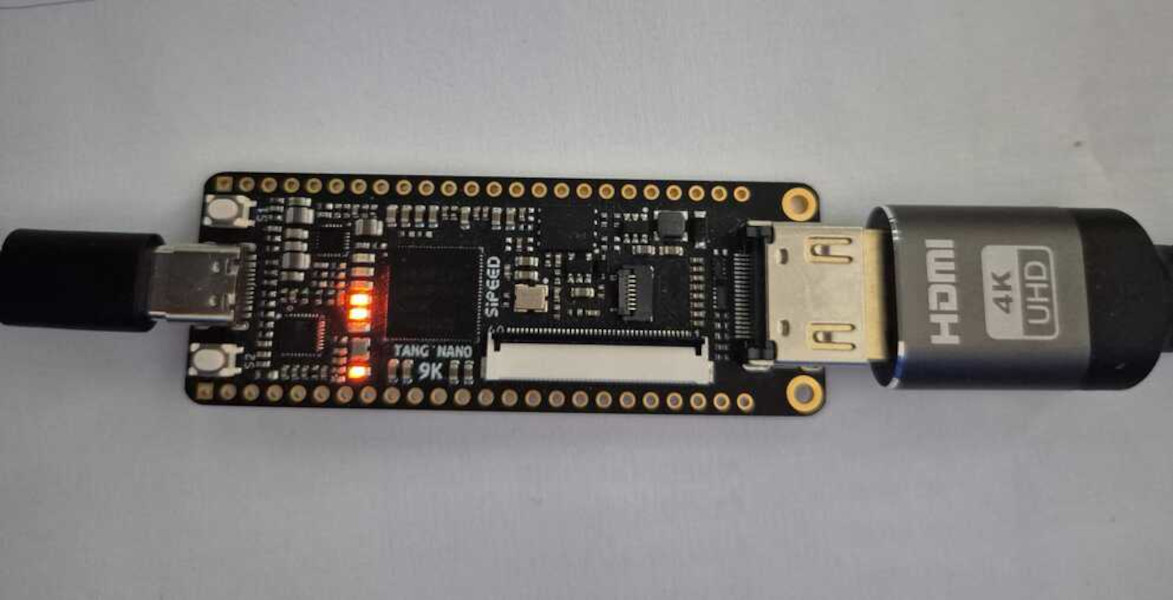The classic Commodore 64 has been revived through innovative technology in a new project called the VIC64-T9K. This initiative utilizes a Tang Nano 9k FPGA to emulate the original hardware, specifically the VIC-II video chip and the 6502 CPU. The project serves as a proof-of-concept, demonstrating the potential for retro computing using modern hardware advancements.
Bridging Old and New Technologies
When restoring vintage hardware, enthusiasts often face two main options: emulate the device using software or restore the original hardware itself. The VIC64-T9K offers a balanced alternative by leveraging the capabilities of FPGAs, which allow for programmable hardware emulation. This approach was inspired by the C64_MiSTer project, another FPGA implementation based on the DE10-Nano FPGA, which has successfully revived many classic gaming systems.
The VIC64-T9K does not replicate every component of an original Commodore system, but it includes most of the essential hardware required for functional operation. It supports HDMI video output via a custom kernel, enabling users to enjoy graphics and gameplay reminiscent of the original Commodore 64 experience. So far, the project has successfully run several demos, including impressive sprite animations.
A Learning Tool for Enthusiasts
Developed by Jo, the VIC64-T9K was intended as both a learning tool and a project for retro computing enthusiasts. The design incorporates a mix of Verilog and VHDL, two hardware description languages used for digital circuit design. This blend not only facilitates experimentation with retro hardware but also presents a more affordable option for those interested in FPGA technology.
For those seeking an authentic Commodore 64 experience, the VIC64-T9K project retains the original case and keyboard while integrating the FPGA recreation at its core. This combination appeals to collectors and gamers who value the classic aesthetic and tactile feel of the original device.
The revival of the Commodore 64 through the VIC64-T9K demonstrates how modern technology can breathe new life into beloved retro hardware. As projects like this continue to emerge, they contribute to the vibrant community of enthusiasts dedicated to preserving the legacy of classic computing.
